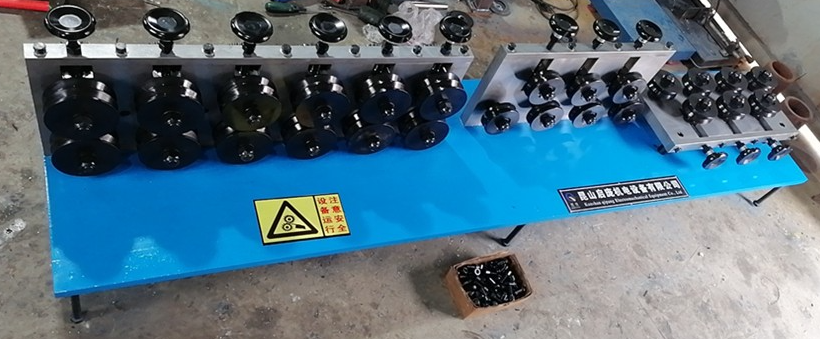What Is Adjusted When Using The Wire Feeder?
When using welding equipment, an essential component to adjust is the wire feeder. The wire feeder is critical for a smooth and accurate welding process. In this article, we will explore what aspects to adjust when using the wire feeder and why these adjustments are necessary for achieving high-quality welds.
Understanding the Wire Feeder
Before delving into the adjustments, let's grasp the basics of a wire feeder's function. A wire feeder is a device used in welding setups to feed the welding wire continuously into the welding torch at a controlled rate. This wire serves as the electrode that melts and fuses with the base metal during the welding process.

1. Wire Feed Speed
The wire feed speed is perhaps the most critical parameter adjusted when using the wire feeder. It determines how fast the welding wire is fed into the welding torch. This adjustment is vital because it directly affects the deposition rate of the welding material.
2. Voltage Settings
Adjusting the voltage settings is another crucial step. Voltage settings determine the electrical potential between the welding wire and the workpiece. Proper voltage settings are essential to achieve the desired arc length and penetration depth.
3. Wire Tension
Wire tension is adjusted to ensure that the welding wire is fed smoothly and consistently. Too much tension can cause wire deformation, while too little tension may result in irregular wire feeding. Proper tensioning ensures a stable arc and even weld bead formation.
4. Wire Diameter
The wire feeder must accommodate the correct wire diameter for the welding process. Using the wrong wire diameter can lead to inconsistent feeding, erratic arc behavior, and poor weld quality. Always match the wire diameter with the recommended specifications for the welding application.
5. Wire Straightness
Maintaining the straightness of the welding wire is vital for smooth feeding. If the wire is kinked or bent, it can lead to interruptions in the welding process. Regularly check and adjust the wire feeder to ensure the wire remains straight from the spool to the welding torch.
Why These Adjustments Matter
Now that we talked about the changes, let's learn why they're important:
Weld Quality: Adjusting the wire feeder settings properly makes sure the welds are of good quality. Adjusting the wire feeder settings properly makes sure the welds are of good quality. Consistent wire feeding, accurate voltage settings, and the right wire diameter all help produce clean, powerful, and dependable welds.
Management and Precision: The capacity to regulate wire feed speed and voltage settings grants welders authority and precision. This power is crucial when working with diverse materials and thicknesses.
Decreasing Welding Flaws: By making the right adjustments, welding flaws such as porosity, undercuts, and incomplete fusion can be minimized. Wire tension and straightness also help to cut down on the possibility of defects.
Productivity: Efficiency is important when welding. Making the right adjustments ensures a smooth welding process with less downtime caused by wire problems.
Safety: Safety comes first when welding. Correct wire feeder adjustments help welders control the welding arc steadily and safely, lowering the risk of accidents and harm.
In summary, it is crucial to comprehend and adapt to the wire feeder when striving for favorable welding results. The essential factors to be calibrated for each welding job include the wire feed velocity, voltage configurations, wire tensile strength, wire diameter, and wire alignment. Efficiently mastering these adjustments allows welders to produce superior welding joints that comply with safety requirements and industrial standards.
413
0
0

Comments
All Comments (0)